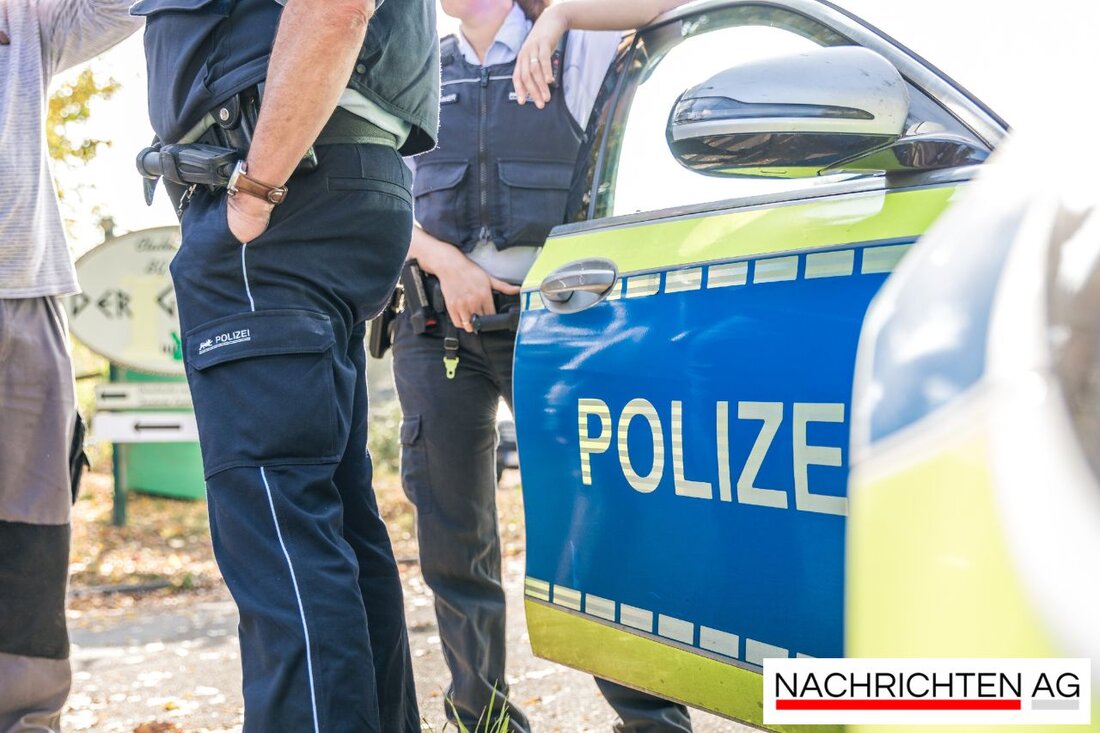Lightning checks in Heiligengrabe: Where there is lightning today!
On October 10th, 2025 there will be mobile flashing in Heiligengrabe (Ostprignitz-Ruppin). Find out about locations and tolerance deductions.

Lightning checks in Heiligengrabe: Where there is lightning today!
Today, October 10th, 2025, road safety will be increased in the Ostprignitz-Ruppin region through targeted speed measurements. In Heiligengrabe there is currently a single location where the police are flashing and the police are keeping a close eye on the traffic situation. Drivers can now be held responsible for their speed, especially on the A24, in the Liebenthal area with the speed limit of 60 km/h. The speed camera was reported at 6.56am this morning, giving an early warning to anyone in the area.
The tolerance deduction that applies to lightning systems is particularly interesting for drivers. According to [news.de]. km/h. From a speed of 100 km/h, 3 percent is usually deducted. This ensures that drivers are not immediately penalized if they are even slightly over the limit. This is part of the legal regulation in Germany, which strives for a fair handling of speed measurements.
Tolerance and fines
However, the tolerance specifications are not set in stone. There are special measuring systems, such as the ProViDa systems, which enable a higher deduction of up to 5 km/h or 5 percent at higher speeds. This can make a crucial difference for those who travel the route in question for months in advance without receiving a fine during an inspection. However, stationary and mobile flash systems work differently, which often makes them a target for questions regarding tolerance deductions. Under certain circumstances, a deduction for mobile measures can even vary by up to 20 percent, depending on the device settings and the distance to the vehicle during the measurement, as the experts from adac.de explain.
Another relevant topic in connection with speed measurements are possible sources of error. According to a study, 56 percent of fine notices may be incorrect. These uncertainties are often the result of overloading at the fine points or measurement errors. This means that many road users have to hold back because they fear that they will overshoot the mark if they are checked. The tolerance deduction is clearly regulated: Below 100 km/h, a flat rate of 3 km/h applies, while above 100 km/h the deduction is 3 percent, as bussgeldportal.de state.
Conclusion for drivers
Whether you're driving an older vehicle or a new car with a modern speedometer, the techniques used to determine speed are often not as precise as you think. Car speedometers are usually not calibrated and can therefore deviate from the actual speed by up to 10 percent. Would you like an example? If the speedometer shows 114 km/h, the actual speed could only be 100 km/h. Therefore, all drivers should always be careful and attentive, especially in speed camera zones.
In summary, it should be noted that a precise understanding of speed measurements and tolerance deductions is crucial for safe participation in road traffic. Be smart and remember to always keep an eye on the speed limits!

 Suche
Suche
 Mein Konto
Mein Konto